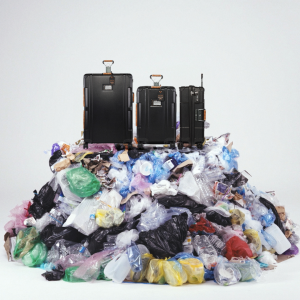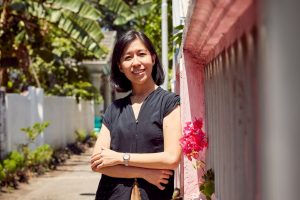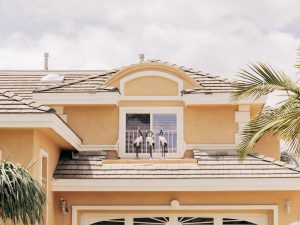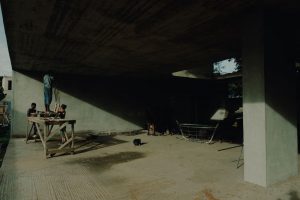Photographer Tamara Dean explores the fragile relationship between humans and the environment
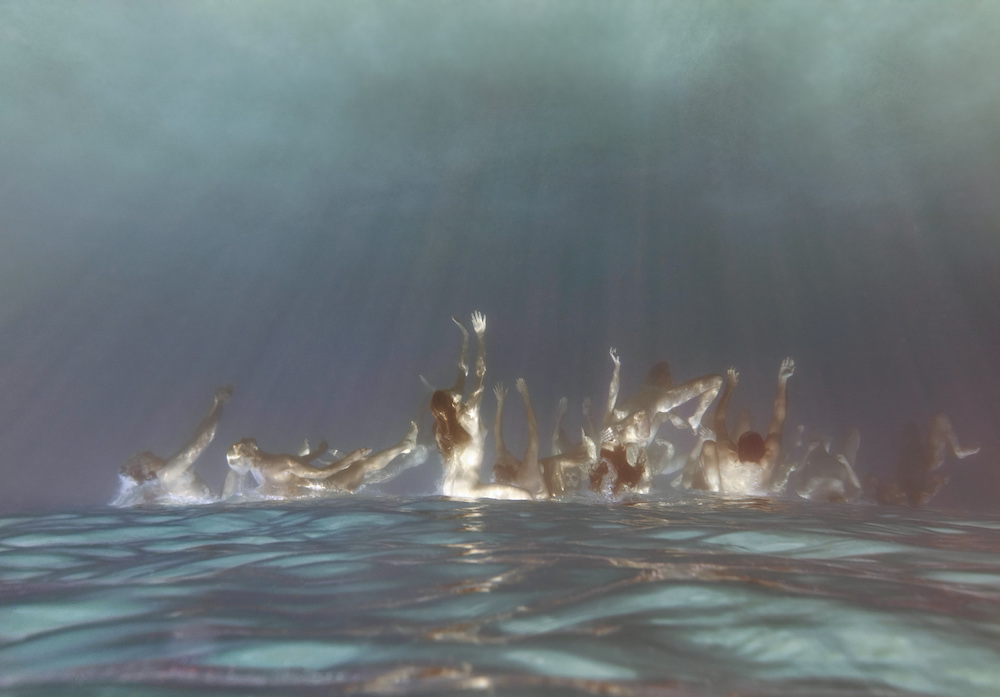
Acclaimed Australian photographer Tamara Dean has always looked to nature to inspire her work. Her latest series, premiering next year, is called In Isolation. It follows on from previous photographic series Endangered and In Our Nature. In a year of extremes from bushfires to pandemics, she spoke to Will Higginbotham about how the year has impacted her practice, and made her examination of humans and the environment more relevant than ever.
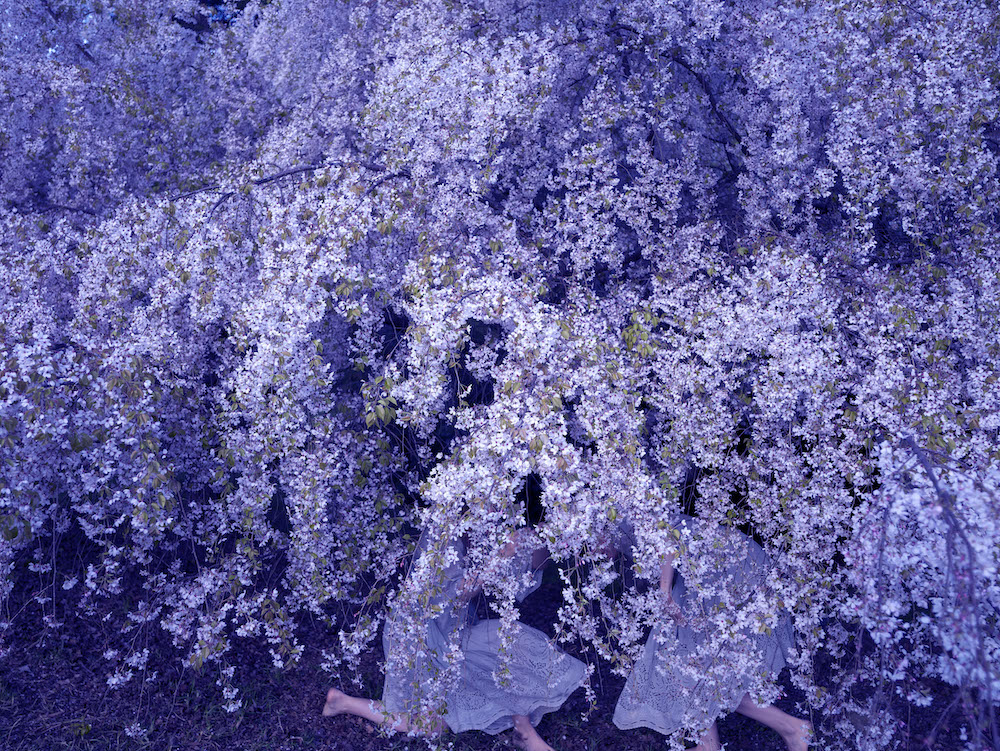
What informs your work as an artist?
All of my work fundamentally makes the point that humans are part of nature, that we are living creatures in a fragile ecosystem – we don’t sit outside of it. It’s a Western notion that we sit outside of nature, that nature is simply here for our consumption. If we were to consider ourselves a part of nature, I think our attitude and actions would be different.
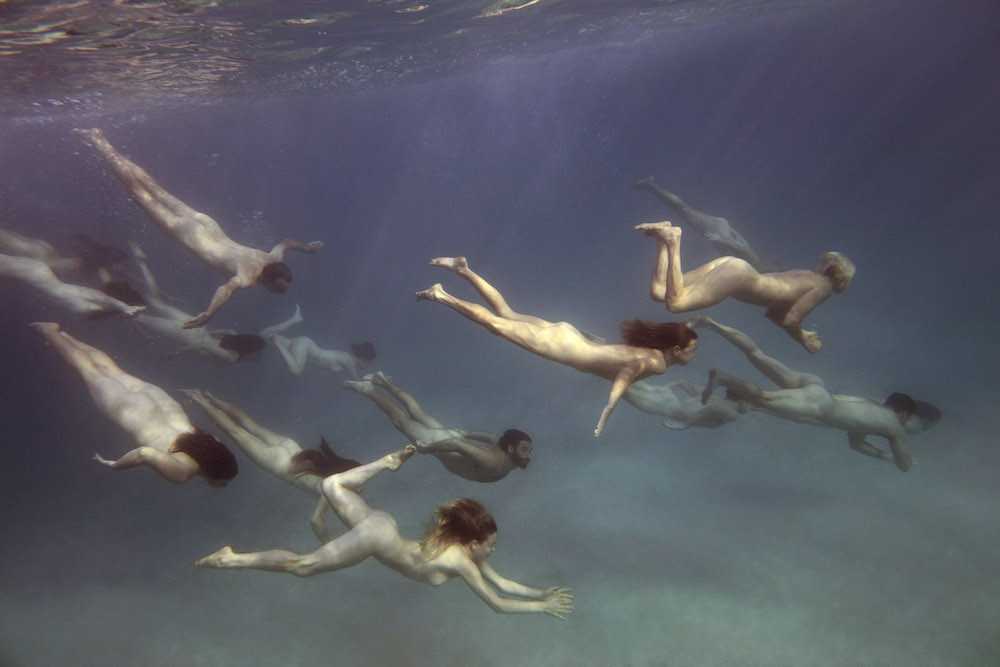
You evidently love being in nature. Was it always destined to be the focal point of your work as an artist?
It has always been a constant. When I was in high school I would sketch, photograph, draw and paint the Australian bush – the trees, the rocks and rivers. So I guess you could say I have always been fascinated by nature. I now live on a few acres a few hours south of Sydney. I definitely feel connected to nature. Originally in my work there were never people featured in my landscapes. That all came later, placing people into the environment and building narratives around the two.
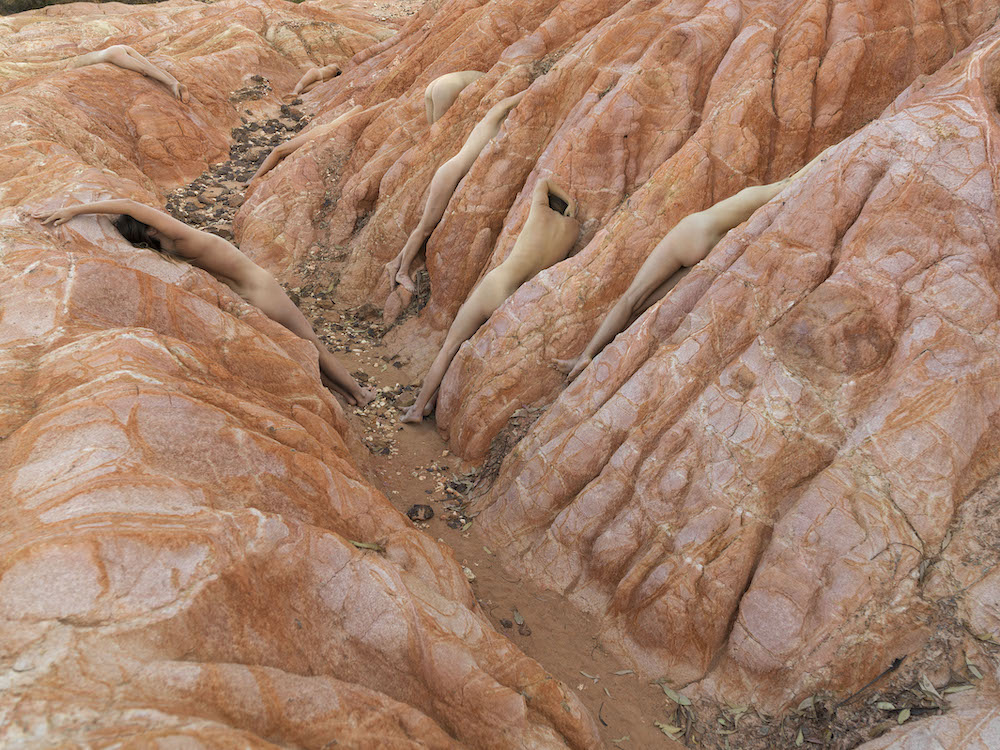
In your ‘Endangered’ series that came out a few years ago, it’s a comment on climate change. Climate change is a heavy topic but you present the issue to the public through quite transfixing and beautiful imagery – those formations of humans under water. Have you always tried to speak about serious topics through beauty?
Yes I am consciously and constantly striving to create beautiful, mesmerising images which talk about difficult things. So with Endangered, the premise of the series was articulated in the title. It could have just been a photograph series of people underwater looking beautiful, serene, ethereal, but by naming the series Endangered it completely changes how you view these works. By portraying humans unclothed and in the formation of a school of fish I show the vulnerability of our bodies and ask that the viewer consider how vulnerable we too are to the effects of a changing climate.
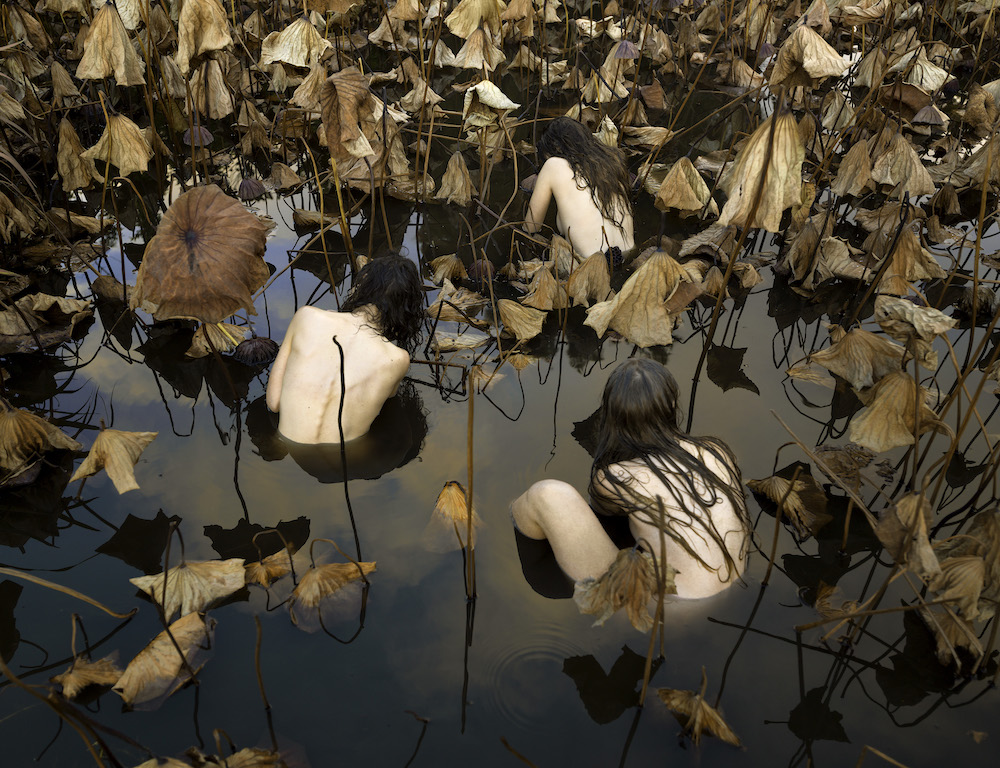
What do you hope people feel or walk away from these images feeling?
My hope is that there’s a moment of pause and, rather than kind of going “ oh my god it’s (tackling climate change), it’s all too hard”, we consider our place in nature and in doing so feel a sense of responsibility to protect it. That together, we can tackle the challenges we’re confronted with.
This year the world has been confronted with lots of challenges. In Australia we had the bushfires and then Covid. How have the events of the past year informed your practice?
If anything it makes it an important time to have these conversations because we are realising our vulnerability as a species – there’s that sense of collective mortality that we haven’t felt for such a long time. In terms of how it is expressed itself in my work I feel like this year everything turned on its head in a way. Earlier in the year my home was under threat from the bushfires, and so we had to evacuate. Home became a place of absolute terror, to the point that we thought we might end up moving away. With Covid everything’s gone full circle – home is a refuge, a safe place to isolate. So my latest work has tried to touch on the extremes that we couldn’t – before this year – ever imagining really having to grapple with. This is definitely something I’ve drawn on in terms of perspective in that I’m kind of photographing a world in which at times you don’t know what’s up and what’s down.
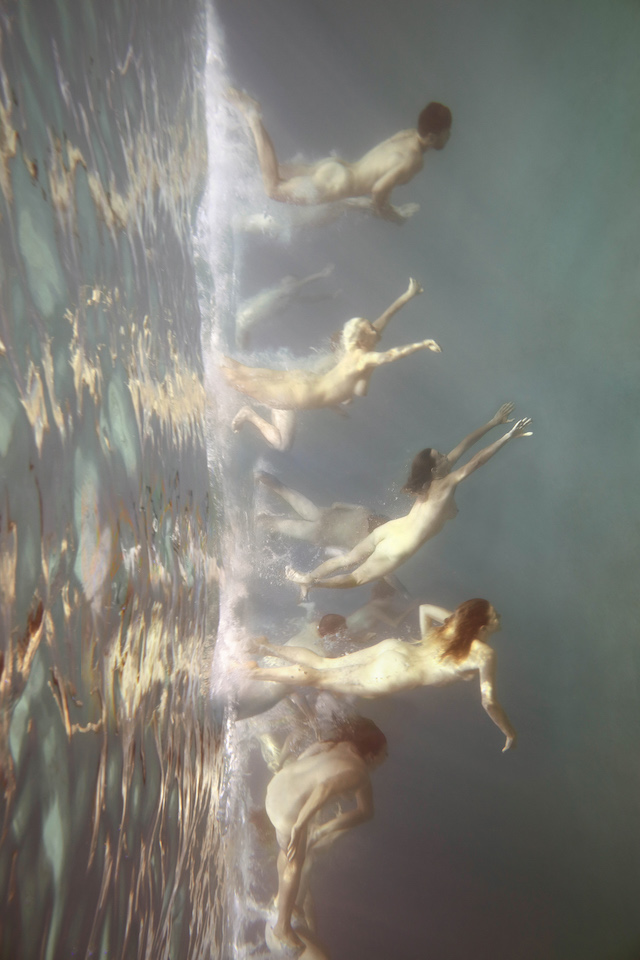
Your new series is called ‘In Isolation’ (I take that as a Covid reference?) – is premiering in August 2021 – it is going to be displayed at the Ngununggula Southern Highlands Regional Gallery, how did this new series come about?
Indeed it is a Covid reference! When Covid hit and our lives inextricably changed, my way of dealing with this was to create work based on my own experience of this time. I was very fortunate that I was approached to be the inaugural artist to launch a new regional gallery, Ngununggula, opening up next year in Southern Highlands of New South Wales. Having this exhibition to work towards as my focus has been a saviour in what could have been a very dark period witnessing the effects of the virus across the world. For this show I’m working in the various mediums of photography, installation and incorporating sculptural elements.
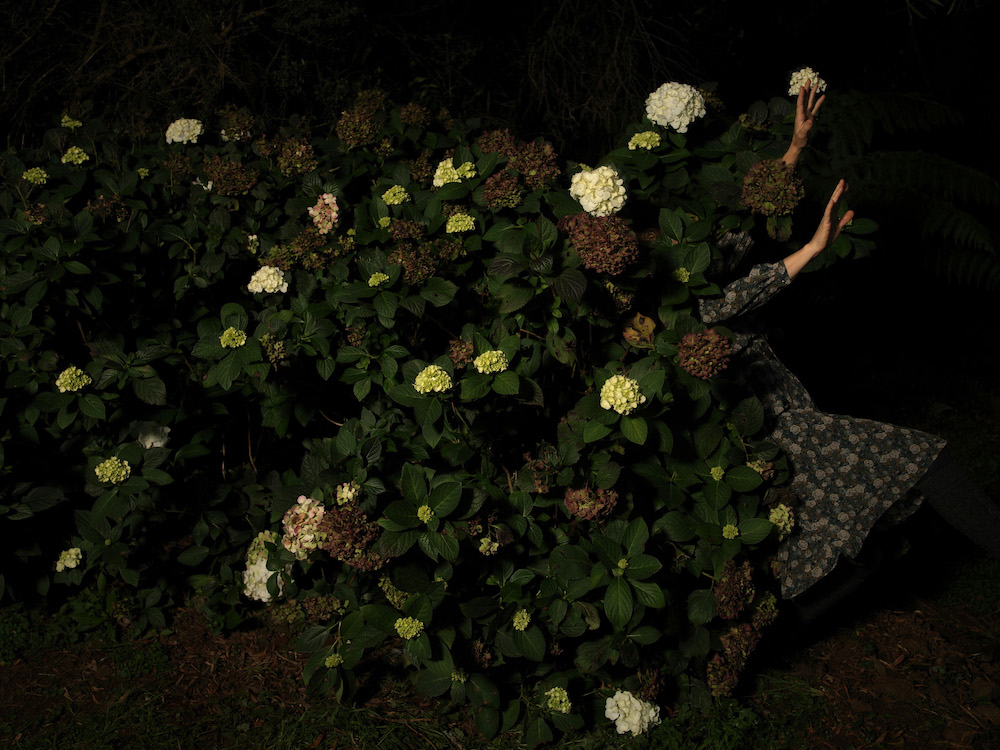
What are you exploring in this series?
In terms of the narrative in these works I’m at times emboldened within the landscape and at other times fleeing from a threat – it could be the smoke and ash from fire, or a visualisation of the Coronavirus. In this series I’m representing the dual aspects of my psychological response to the virus and the social isolation – from a feeling of claustrophobia and anxiety, to a sense of release and a deeper connection to nature.
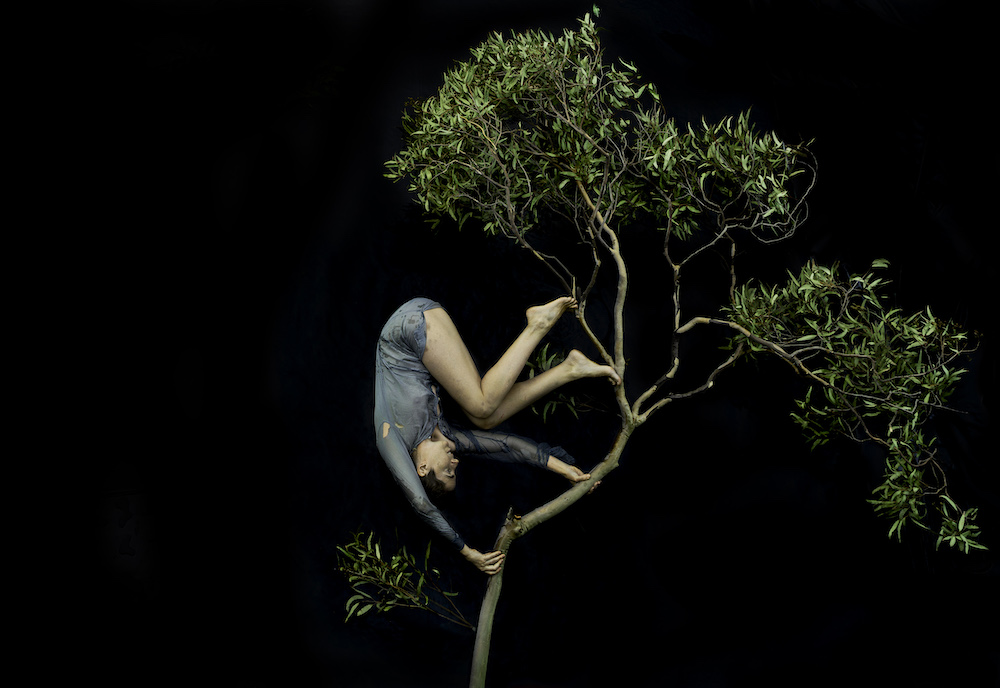
You usually photograph humans – usually quite a few – in different scenarios in nature. How have the isolation rules changed the work you’ve been producing?
Well for starters I have been using myself as my subject, when usually I’d be photographing other people. It’s strange using myself as the figurative element in the landscape because it does at times feel absurd, putting myself in these physically challenging situations where I’m both photographer and model. Running back and forth between camera and location to activate the self timer. So here is a surreal sensibility and at times even a sense of humour in these new works, tapping into the slightly maddening experience of social isolation.
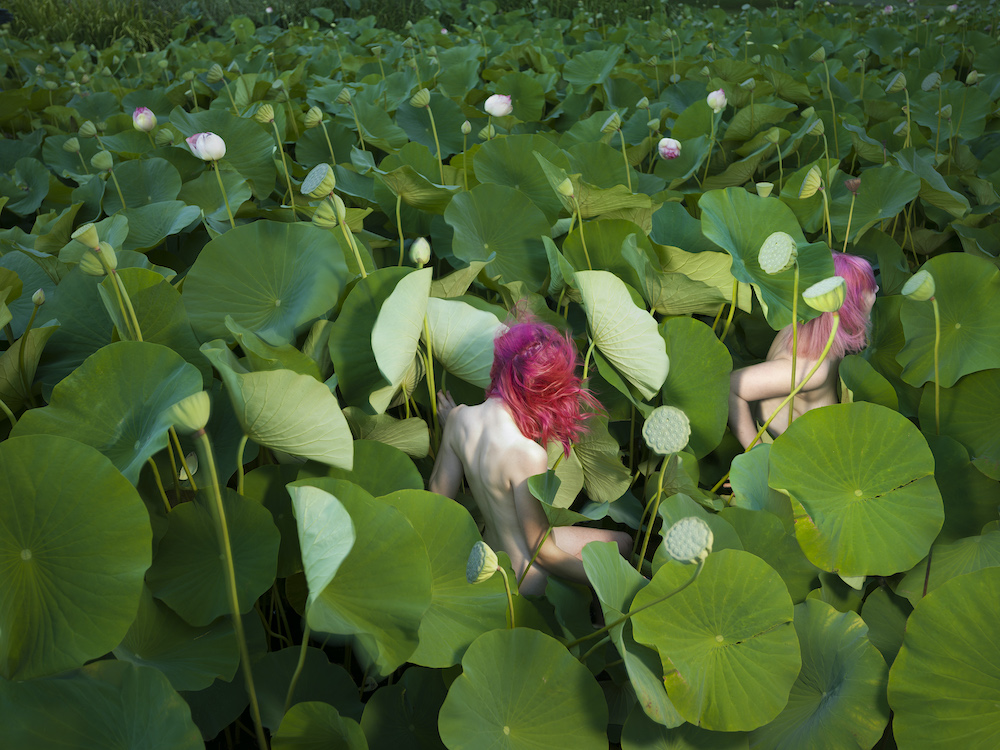
Tamara Dean is represented by Michael Reid Sydney + Berlin
